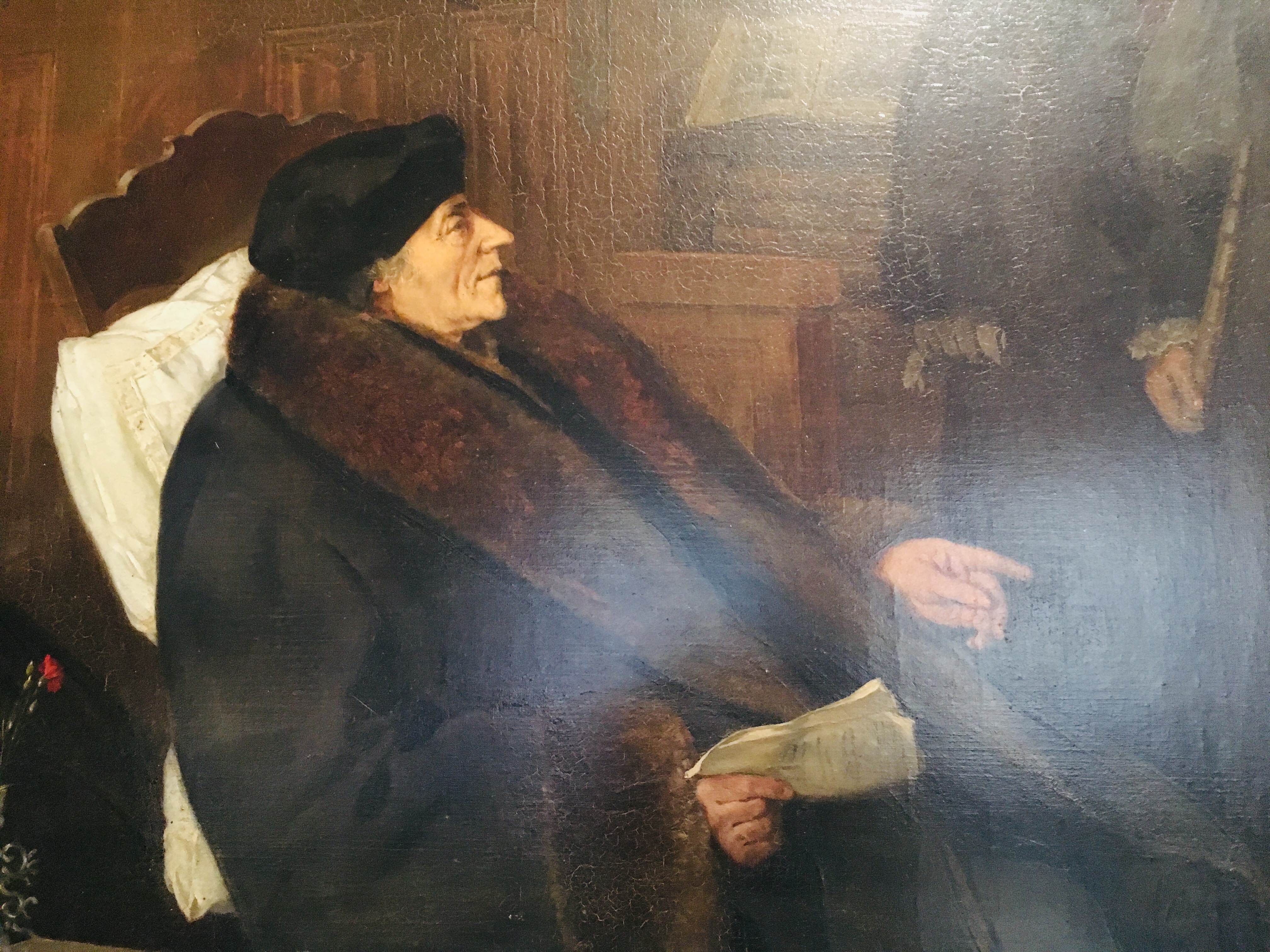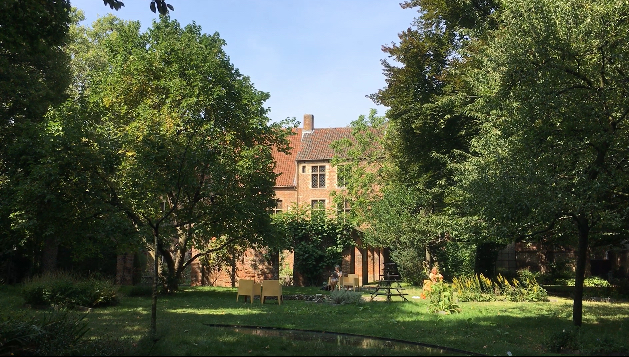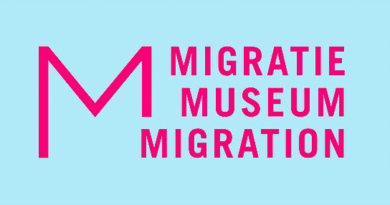Somewhere in BXL: The house where the great Erasmus lived
There is one place in Brussels where you can rediscover the life, works, and the world of Desiderius Erasmus, Dutch philosopher and theologian, and one of the most influential thinkers of the Renaissance.
The Erasmus House or Maison d’Erasme in Anderlecht transports you to another period in time. The moment you enter its rustic gates and walk into its cobblestoned courtyard, you’ll get a thick sense of Europe hundreds of years back, and the bustling modern life outside will feel like many worlds away.
The red brick mansion is one of the oldest Gothic-style buildings in Brussels. It has been around since the 15th century and reconstructed several times through the centuries. This is where Erasmus of Rotterdam lived for about six months in 1521. Back then, Anderlecht was just a village with around 300 inhabitants, and the building was a school managed by his friend Pieter Wijchmans.
While in Brussels, Erasmus worked on the third edition of one of his most significant works, the Greek translation of the Bible’s New Testament from early Latin and Greek manuscripts. The Novum Instrumentum omne by Erasmus was the first published New Testament in Greek. First issued in 1516, it became a turning point in the study of scripture and a challenge to old schools of theological thought.

Erasmus, the Prince of the Humanists
Erasmus was one of the principal figures of the humanist movement. He rallied for reform in the Catholic Church, an end to religious wars in Europe, religious and intellectual tolerance, and European cultural unity.
Humanism served as the intellectual foundation for the Renaissance or the period of political, economic, cultural, and artistic revolution that took place in Europe from the 14th until the 17th centuries. The humanist approach shifted the focus from religious traditions to human beings, triggering a transformation from a European society heavily controlled by the Catholic Church and medieval scholasticism to one centered around individuals and their freedom, dignity, and interests.
Humanist principles promoted education through the revival of interest in the classical arts, literature, and science. Through the humanist movement, the Renaissance brought Europe from the Middle Ages into modern civilisation.

Revisiting the world of Erasmus
Maison d’Erasme takes you to the intellectual universe of Erasmus. The museum displays a collection of 16th century humanist literature, paintings, sculptures, and furniture. Thousands of early printed books on Erasmus and the humanist movement are also available in the museum’s library.
Behind the house, two beautiful gardens await the visitors. The medicinal garden grows about 100 types of herbal plants that doctors prescribed for the various ailments that plagued the sickly Erasmus, such as migraine, kidney stones, and dysentery. The philosophical garden is a place of reflection, where you will find some of the Dutch philosopher’s words of wisdom floating on water.
The Erasmus House is at 31 Rue de Formanoir in Saint Guidon, the historic center of Anderlecht. The museum is open every day from 10 in the morning to 6 in the evening, except on Mondays.



